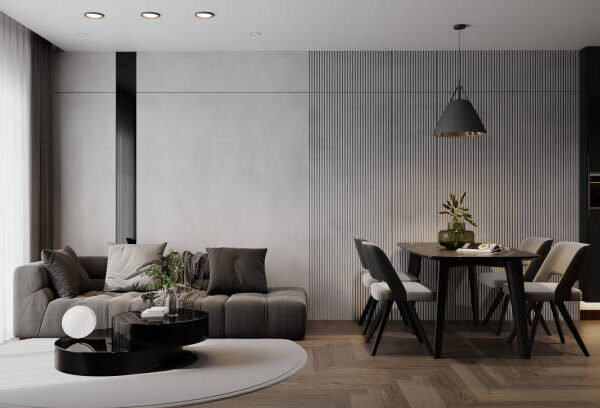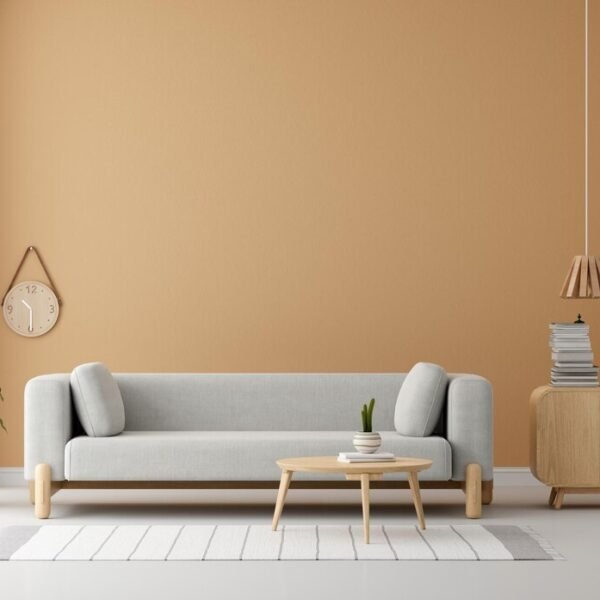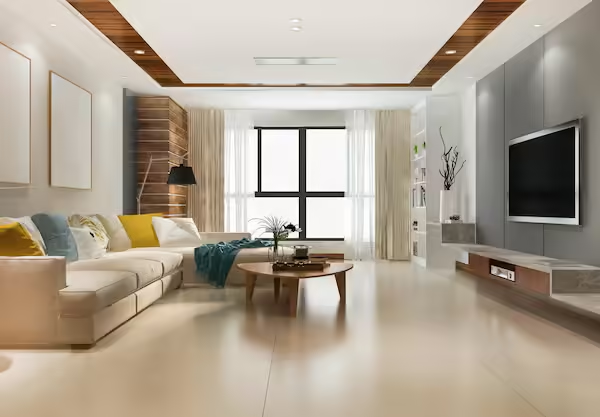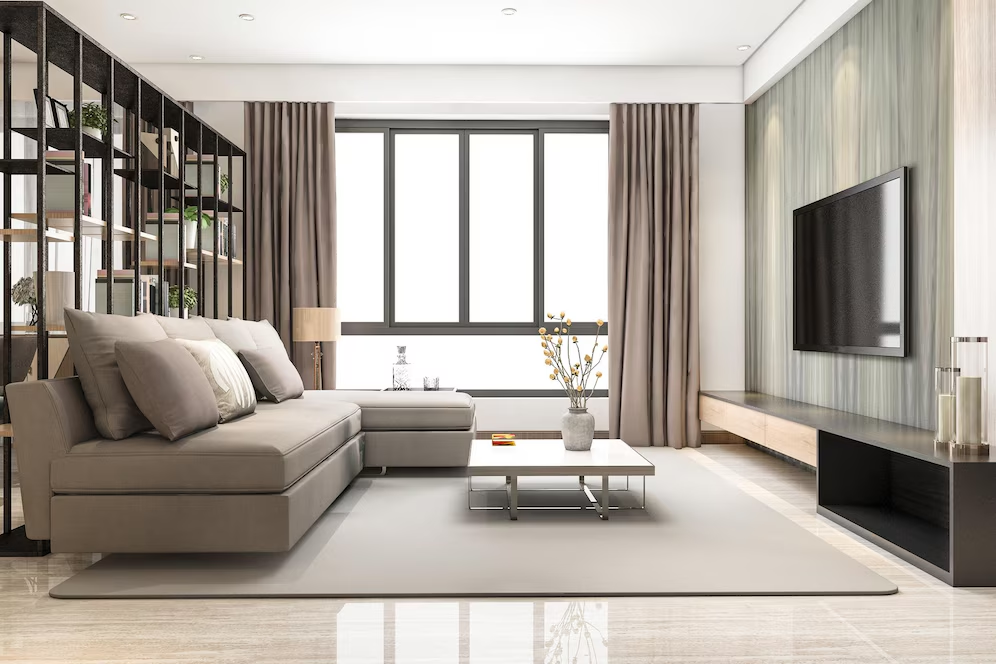Top 5 Design Mistakes to Avoid in Your Living Room
Your living room is often the heart of your home, where family gatherings, entertaining guests, and relaxation take place. It’s a space that reflects your style and personality, but designing it can be tricky. Even the most beautiful living rooms can suffer from design mistakes that negatively impact their functionality and aesthetic appeal. To help you create the perfect living room, here are the top 5 design mistakes to avoid.
1. Neglecting Proper Furniture Arrangement

One of the most common design mistakes in living rooms is poor furniture arrangement. While it may seem like a small detail, the way you place your furniture affects both the flow of the room and its functionality. A living room with awkward furniture placement can make the space feel cramped or disconnected.
How to Avoid It:
- Create a Focal Point: Whether it’s a fireplace, a TV, or a large piece of artwork, your furniture should be arranged around a central focal point. This creates harmony and gives the room purpose.
- Allow Space for Movement: Arrange furniture in a way that allows easy flow of traffic. Avoid blocking doorways or creating tight spaces that make it difficult to move around.
- Don’t Overcrowd the Room: Make sure to leave enough space between pieces of furniture for breathing room. A crowded room can feel uncomfortable and overwhelming.
2. Ignoring Proportions and Scale
When it comes to furniture and decor, proportions matter. Choosing items that are either too large or too small for your space can throw off the entire look and feel of the room. A large sectional sofa in a small living room will overwhelm the space, while tiny furniture in a large room will make the area feel empty and awkward.
How to Avoid It:
- Measure Your Space: Always measure your furniture before bringing it home. This ensures it fits comfortably in your living room without dominating or looking lost in the space.
- Balance the Scale: If you have large furniture like a couch, balance it with smaller decor pieces such as side tables, lamps, or artwork to create visual interest.
- Consider Vertical Space: Don’t forget to utilize your vertical space. Tall bookshelves, wall-mounted lighting, and artwork can help balance out large furniture and make the room feel more cohesive.
3. Overusing Matching Furniture Sets

While matching furniture sets might seem like an easy solution for creating a cohesive look, they can often lead to a dull and predictable living room design. Too much matching furniture can make the space look like it came out of a catalog, lacking personality and warmth.
How to Avoid It:
- Mix and Match: Incorporate a mix of textures, colors, and styles for a more dynamic and personalized design. Pair modern furniture with vintage pieces, or combine neutral tones with bold accent colors.
- Create Contrast: Adding contrast helps to create visual interest and make the space feel more inviting. For instance, pair a sleek leather sofa with a cozy, plush rug or combine a wooden coffee table with metal side tables.
- Add Personal Touches: Include personal items, such as family photos or unique decorative objects, to make the space feel like home.
4. Forgetting About Lighting

Lighting plays a crucial role in setting the mood and functionality of a living room. A common mistake is relying solely on overhead lighting or neglecting to incorporate multiple layers of light, which can leave the room feeling dark and uninviting.
How to Avoid It:
- Layer Your Lighting: Combine ambient lighting (overhead fixtures), task lighting (table lamps or floor lamps), and accent lighting (wall sconces or accent lights) to create a well-lit and welcoming space.
- Natural Light: Take advantage of natural light by keeping windows unobstructed. Use light, sheer curtains or blinds that let in as much sunlight as possible without sacrificing privacy.
5. Neglecting Storage Needs

Living rooms are often multi-functional spaces, used for everything from watching TV to entertaining guests. Without sufficient storage, it can quickly become cluttered and disorganized. One of the top design mistakes is neglecting to incorporate smart storage solutions, which can make your living room feel chaotic and uncomfortable.
How to Avoid It:
- Built-In Storage: Consider adding built-in shelving units or cabinets to store books, electronics, and other items. This keeps the space tidy and ensures everything has its place.
- Multi-Functional Furniture: Opt for furniture with built-in storage, such as coffee tables with hidden compartments or ottomans that double as storage units.
- Declutter Regularly: Make it a habit to declutter and organize your living room to prevent unnecessary items from piling up. A tidy living room feels more spacious and relaxing.
Conclusion

Creating the perfect living room requires careful consideration of space, furniture, lighting, and personal style. By avoiding these five common design mistakes—poor furniture arrangement, ignoring proportions, overusing matching sets, neglecting to light, and neglecting storage—you can transform your living room into a functional, stylish, and inviting space. Keep these tips in mind, and you’ll be well on your way to designing a living room that you and your guests will love to spend time in.


